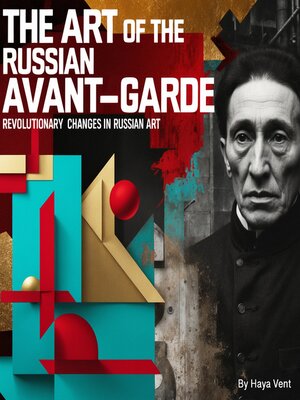The Art of the Russian Avant-Garde
audiobook (Unabridged) ∣ Revolutionary Changes in Russian Art
By Haya Vent

Sign up to save your library
With an OverDrive account, you can save your favorite libraries for at-a-glance information about availability. Find out more about OverDrive accounts.
Find this title in Libby, the library reading app by OverDrive.



Search for a digital library with this title
Title found at these libraries:
| Library Name | Distance |
|---|---|
| Loading... |
The Russian Avant-Garde emerged in the early 20th century as a radical departure from traditional artistic norms, driven by a desire to redefine the relationship between art, society, and politics. This movement was shaped by a dynamic confluence of historical events, cultural shifts, and artistic experimentation that challenged the aesthetic traditions of Imperial Russia and pushed the boundaries of artistic expression.
At the turn of the century, Russia was undergoing rapid modernization, yet it remained a country deeply divided between its aristocratic elite and the working-class majority. The tensions of this period, exacerbated by industrialization, political unrest, and growing revolutionary sentiment, fueled a desire for new modes of expression that could capture the changing spirit of the times. Young artists sought inspiration from European movements such as Impressionism, Post-Impressionism, and Fauvism, but they were equally interested in developing a distinctly Russian artistic identity.
Early pioneers of the Russian Avant-Garde, including Mikhail Larionov and Natalia Goncharova, rejected academic realism in favor of bold colors, exaggerated forms, and dynamic compositions. Their experimentation led to the development of new styles such as Rayonism, which sought to depict light and movement in an abstract manner. At the same time, Wassily Kandinsky explored the spiritual potential of abstract art, laying the foundation for the non-objective painting that would later define the movement.






